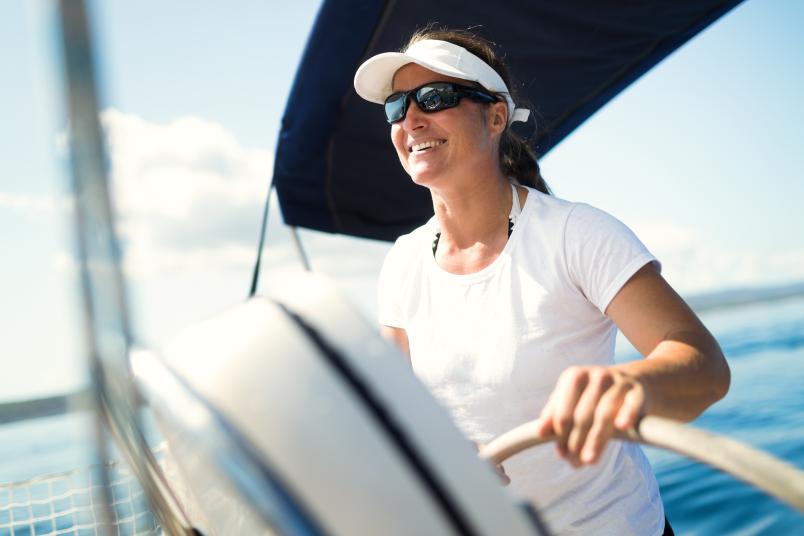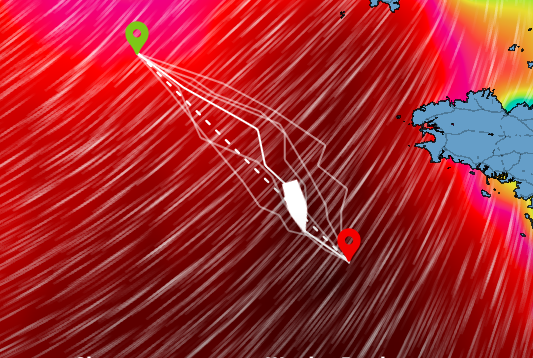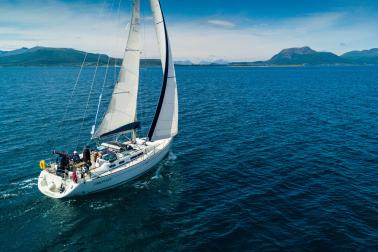By Cris Brodie
Why is making offshore passage so revered and why is it different from coastal sailing?
It likely boils down to three things that would be prudent to consider when preparing for your upcoming voyage.
The first, and most obvious, difference is the distance you will travel and how this mileage affects your vessel and crew (which must be completely self-reliant). Sailing one-way to Fiji is probably equivalent to five years of coastal sailing with similar wear and tear.
The second difference is night sailing. Most people get very limited experience of this while cruising around the coast and it presents a unique set of challenges.
The third, and in my opinion, the most significant difference, is that you are a long way from a port of refuge, in open waters, and facing sea states that would normally lead you to be anchored securely in a bay.
With the above in mind, I have listed some common mechanical problems yachts face that can affect your safety and planning for these situations.
Seamanship is preparation and preparing well for how to deal with unforeseen circumstances will give your voyage a greater chance of success.
Steering gear issues

One of the most serious problems you might encounter but, in most cases, it can be prevented. Check and understand how your steering works, check the cables (or hydraulics) are tight and make sure you have spares and know how to fit them. It's worth fitting new cables yourself before you leave and keeping the old ones as spares. It’s also wise to check this throughout the passage. Make sure you carry at least one spare keyway in case it shears as this is a commonly reported problem. Thirty per cent of the yachts doing the Atlantic Rally for Cruisers (ARC) race reported some sort of steering issues.
Leaks
Leaks are often discovered offshore due to waves over the deck leading to leaking hatches and hoses, while valves can fail on seacocks and internal freshwater tanks can burst due to severe movement. Apart from checking hatch seals, shaft glands, hose clips and rudder bearings, make sure all your crew are briefed on sudden water ingress and how to deal with any situation. The first thing should always be to taste the water coming in.
Night vision

This is critical when dealing with any situation on deck and helps with balance and awareness. Light sources are usually from white light that can't be dimmed sufficiently (interior lighting, torches and instruments). Do a full blackout drill before you head out - you may need a blackout curtain for your companionway, ways to further dim instrument screens and good red light head torches.
Mainsail and rig issues

These are common due to extended periods of sailing deeply reefed. This puts loads on the rig and track at the midpoint of the mast and head of the mainsail that isn't commonly experienced with full or even one reef in the main. It may mean reinforcing these areas and different stay arrangements so it is well worth getting some advice from your local rigger and sailmaker on the best way to deal with this. You also need to think about chafe on the sails and all lines generally and identify any wear points.
Autopilot failure
Autopilots are often relied on as an extra crew member on vessels sailing shorthanded and failure is common. Discuss what your plan will be if it fails, and ensure all crew are capable of driving in all conditions. Also, consider how watch schedules will work and the best way to "heave to" so the helmsman can get adequate rest. If it is a critical part of your equipment, carry a spare computer and drive unit and know how to install it. Running downwind at night and in a high sea state is high risk, so think about the consequences if the autopilot fails. Set an effective preventer (if you are unsure how to do this get some advice from your Cat 1 inspector). It may be prudent to completely drop the main and run using the headsail only.
Fuel issues
This results from fuel tanks being stirred up after sitting for long periods on marinas and sailing in coastal waters. Sludge and potential diesel bug will find its way into filters and clog them quickly. Make sure you visually inspect the bottom of your tanks before you leave and carry more spare filters than you think you will need.
Power
Consumption will be a lot higher than normal, especially if you are constantly using an autopilot and sailing instruments. Battery charging becomes critical for safe operation and you must have an efficient system - ideally with multiple ways to charge your batteries. Again, getting advice from a marine electrician will be well worth it.
Weather routing

The question on everyone's minds before departure and for good reason, as it can mean the difference between a great trip and an unpleasant one. Your crew needs to understand that weather forecasts change quickly, various weather models often differ three days out and GRIB files only give you averages. The weather you depart in will often not be the same as the weather you think you will encounter during the passage. The key here is preparing the crew’s mindset - reinforce that you have a sound vessel and have prepared well for any eventuality. You have discussed heavy weather tactics and even though no one is having fun, the weather will change so reef early, plan and discuss options and sail conservatively. Don’t take risks trying to beat heavy weather into port or sticking to a schedule.
Remember, your local Cat 1 inspector is an experienced yachtsman with many miles of offshore sailing experience and is the most reliable source for advice or clarification on any of the above.
Fair winds and following seas!
Cris Brodie is a seasoned offshore skipper and national champion dinghy sailor and Yachting New Zealand's safety and technical officer. Get in touch with him at cbrodie@yachtingnz.org.nz.



